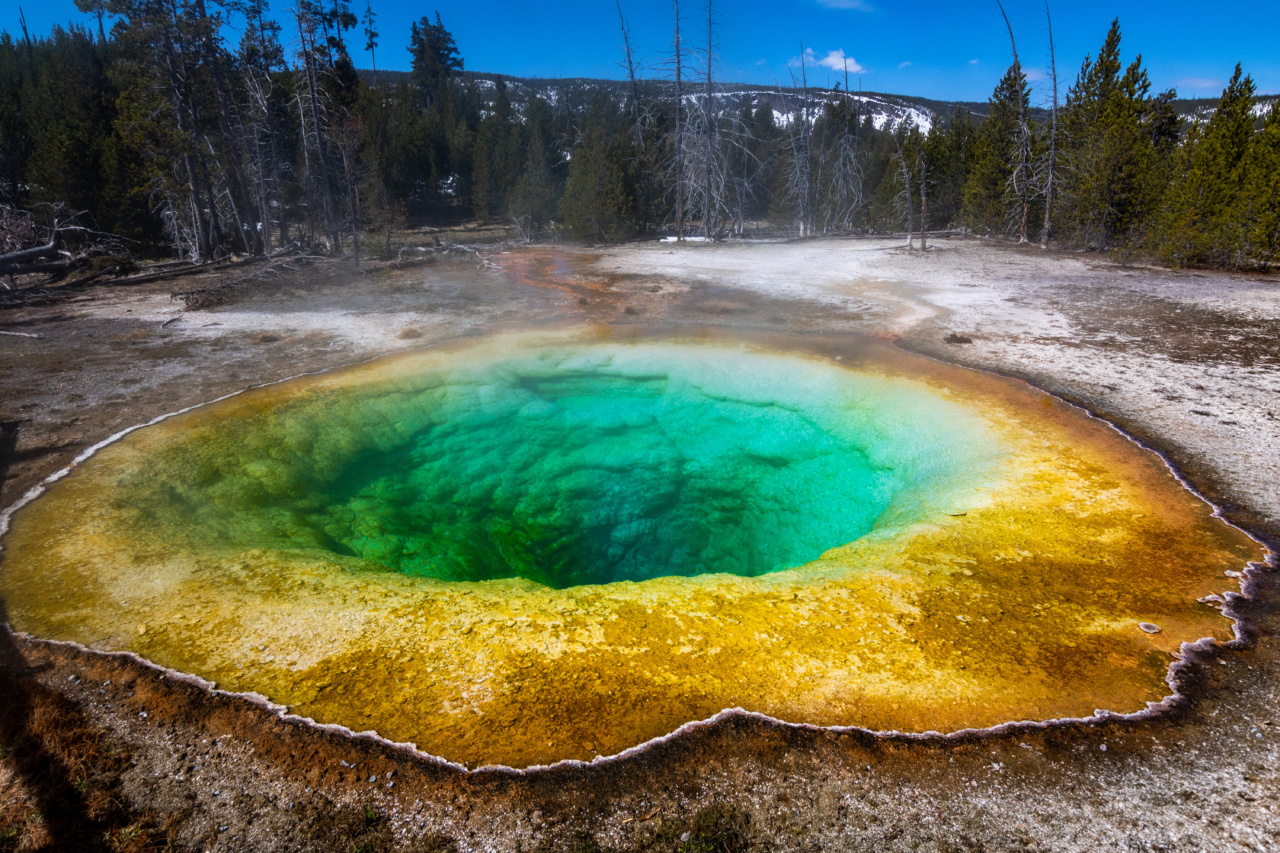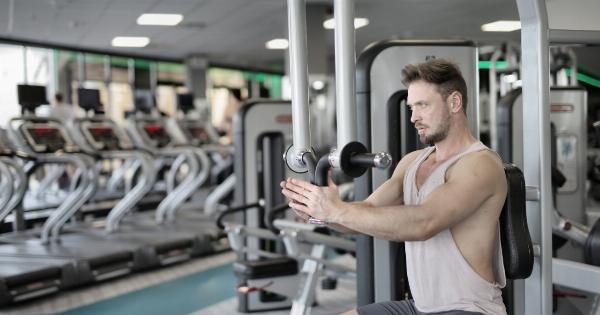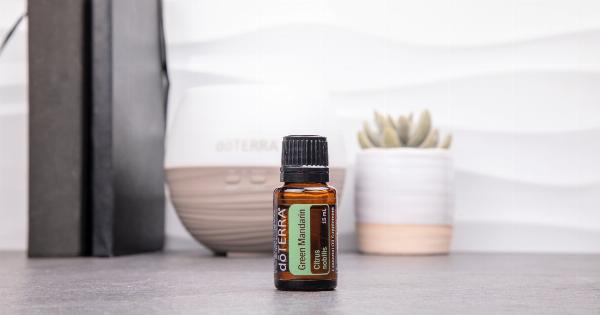Thermal cramps are a condition characterized by muscle spasms and contractions caused by exposure to extreme temperatures.
This condition can affect anyone, but it is more common among athletes, military personnel, and individuals who work in environments with extreme temperatures. Understanding the causes, symptoms, and treatment options of thermal cramps is essential for preventing and managing this condition effectively.
Causes of Thermal Cramps
Thermal cramps occur when the body loses significant amounts of fluid and electrolytes due to excessive sweating in hot or humid conditions. This loss disrupts the balance of minerals in the body, leading to muscle contractions and spasms.
Several factors can contribute to the development of thermal cramps:.
1. Dehydration: Inadequate fluid intake or excessive sweating can result in dehydration, which increases the risk of thermal cramps.
2. Electrolyte Imbalance: The body needs a balanced level of electrolytes, such as sodium, potassium, and calcium, to maintain proper muscle function. Electrolyte imbalances can trigger muscle cramps.
3. Overexertion: Engaging in prolonged physical activity or exercising in extreme temperatures without proper rest and hydration can lead to thermal cramps.
4. Poor Conditioning: Individuals who are not accustomed to high heat and humidity are more susceptible to thermal cramps.
Symptoms of Thermal Cramps
The following are common symptoms of thermal cramps:.
1. Intense muscle spasms and cramps.
2. Fatigue and weakness.
3. Profuse sweating.
4. Thirst.
5. Nausea.
6. Dizziness or lightheadedness.
7. Rapid heartbeat.
8. Flushed skin.
It is crucial to recognize these symptoms promptly to initiate appropriate treatment and prevent more severe heat-related conditions.
Treatment and Prevention
When someone experiences thermal cramps, it is important to take immediate action to alleviate symptoms and prevent complications:.
1. Move to a Cooler Area: Remove the affected individual from the hot environment and into a shaded or air-conditioned space.
2. Hydrate: Offer fluids such as water, sports drinks, or oral rehydration solutions to replenish lost fluids and electrolytes.
3. Rest and Relax: Encourage the person to rest in a comfortable position and avoid any strenuous activity until the cramps subside.
4. Stretch and Massage: Gently stretching and massaging the affected muscles can help relieve the spasms and alleviate pain.
5. Apply Ice Pack or Cold Compress: Applying a cold pack or compress to the affected area can provide immediate relief and reduce inflammation.
6. Seek Medical Attention: If the symptoms persist, worsen, or if there are signs of heatstroke (e.g., confusion, loss of consciousness), seek medical assistance immediately.
Preventing thermal cramps is crucial for individuals who regularly expose themselves to high temperatures:.
1. Stay Hydrated: Drink plenty of fluids before, during, and after physical activity in hot environments to maintain proper hydration levels.
2. Replace Electrolytes: Consume electrolyte-rich foods and drinks or consider using electrolyte supplements to keep electrolyte levels in balance.
3. Gradual Acclimatization: Gradually increase exposure to hot or humid environments to allow the body to adapt and minimize the risk of thermal cramps.
4. Dress Appropriately: Wear breathable and lightweight clothing that allows for proper air circulation and minimizes excessive sweating.
5. Take Breaks: Avoid overexertion by taking frequent breaks and resting in shaded or cooler areas.
Conclusion
Thermal cramps can be a painful and debilitating condition resulting from exposure to extreme temperatures.
By understanding the causes, recognizing the symptoms, and knowing how to treat and prevent thermal cramps, individuals can effectively manage this condition and minimize the risk of complications. Remember, staying hydrated, maintaining electrolyte balance, and acclimatizing gradually are key elements in preventing thermal cramps and other heat-related conditions.





























